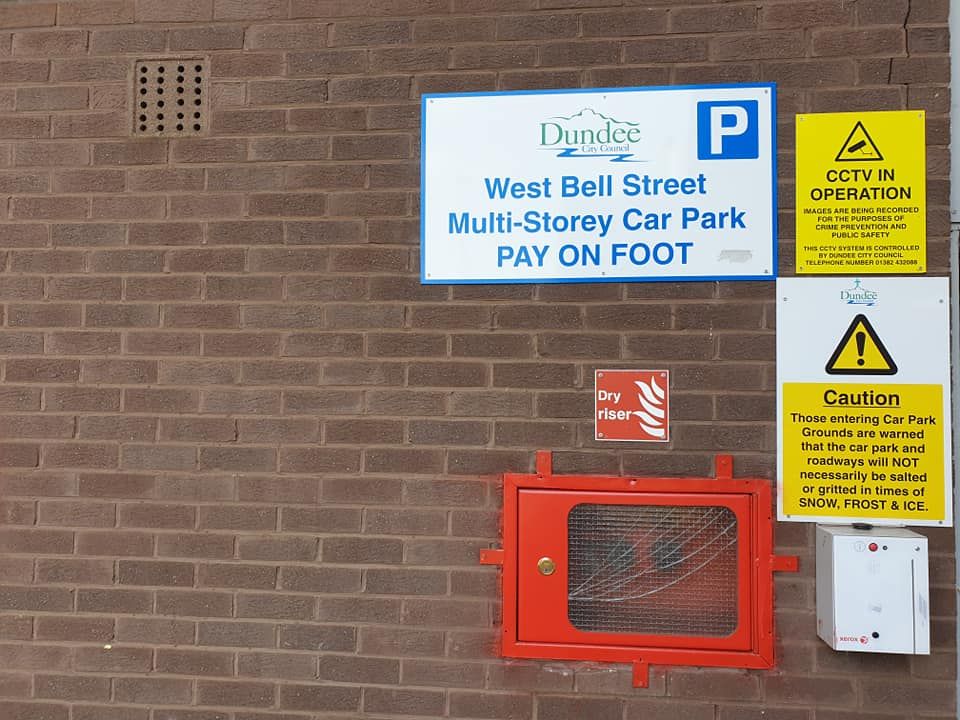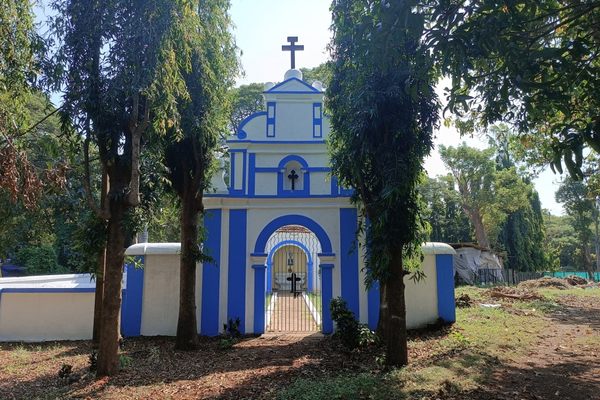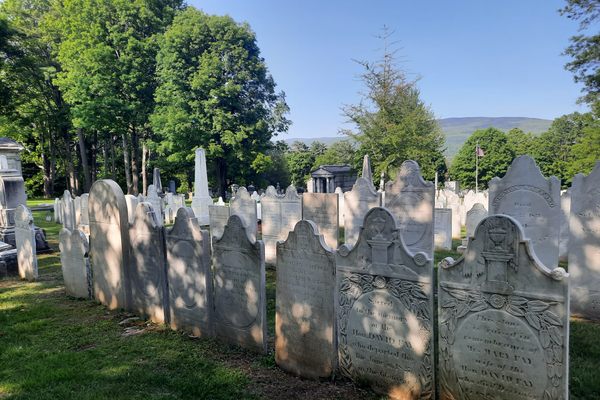About
Dundee in the 19th-century, like many parts of the United Kingdom, was suffering from disease outbreaks. Typhoid and Cholera were running rampant and the city's cemeteries were overwhelmed. City planners decided to create a new burial ground.
A giant pit was created just north of the current graveyard, The Howff. Because people were dying in such vast numbers, cheaply constructed pine coffins were used and bodies were stacked atop one another. This excavation was then covered with a thin layer of lime and dirt.
These epidemics eventually passed and scientific discoveries curtailed the spread. During the middle of the next century, plans were put into place to have the area designated for redevelopment. The pit was exhumed and the bodies were disinterred and reburied in the city's Eastern Cemetery.
Not all were removed to make way for what is now the Bell Street Car Park and Abertay University. A handful of headstones of those who could afford the expense were left intact. These, along with accounts of supernatural happenings, are all that remain of this burial ground that held up to 10,000 people.
There was a headstone that once stood here, but has since been removed for its historical significance. This was the grave marker of William Bury. Bury was a butcher who moved to Dundee from London and was the last person to be hung in the city for the murder of his wife. It has been speculated that Bury may have been the notorious serial killer known as Jack, The Ripper.
Related Tags
Know Before You Go
The group of half a dozen headstones can be found running along a wall, on the western edge of the West Bell Street Car Park. The headstone of William Bury is not on display but is kept in the basement of the nearby McManus Art Gallery.
Flavors of Scotland: Beyond the Haggis
Smoked seafood, single malt whisky, and warm hospitality.
Book NowPublished
June 16, 2022































